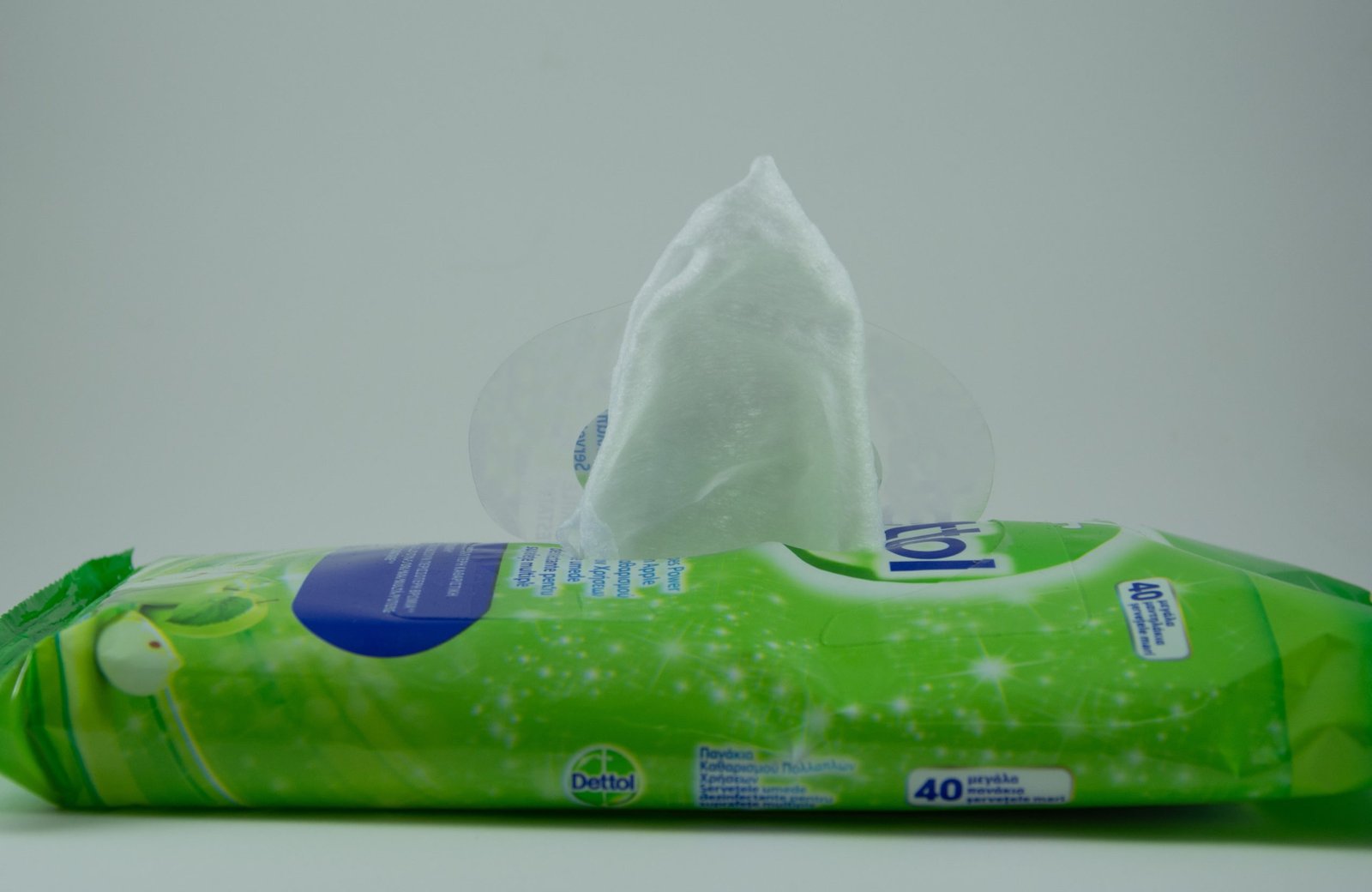Sanitizing wipes are very convenient and easy to use, but if used correctly, they can be an effective way to disinfect hard surfaces in your home. If you don’t check whether your wipes are disinfecting or used improperly, you’re wasting your time and money and leaving your family with potentially harmful microbes. This will probably give you a false sense of security and will not completely disinfect you.
Read the label of your disinfectant wipes for a minute and follow the recommendations on the product label. If you have dry, sensitive skin, you may find it necessary to wear gloves when using sanitizing wipes or other cleaning products. Make sure to wash your hands before touching your body or eyes after using disinfectants or wipes.
The answer is that natural cleaners often remove dirt and food from surfaces better than disinfectant wipes or other cleaning products. If you want to kill germs in your home, chemical disinfectants that contain alcohol are your best choice to stay healthy. Those who prefer to avoid the use of hard chemicals can do without it.
How should you use a sanitizing wipe?
The key is that your cleaning products kill all germ viruses and not just bacteria. When using a wipe, make sure that you only use it on one surface and then dispose of it. So don’t pick up the mopping cloth and clean the door handles, or anything else with the same mopping cloth. The reuse of a single wiper could have the potential to transfer germs from one surface to another.
Before we get into the details of converting baby wipes into disinfectant wipes that effectively disinfect your home and prevent the spread of bacteria, viruses, bacteria, and other pathogens to other surfaces, it is important to note that there is a fundamental difference between cleaning and disinfection. So even if you think you’ve cleaned up after a storm, your homes may not be as safe from germs as you might think.
Besides cleaning, disinfecting wipes, baby wipes, and other baby products such as baby nappies and baby bottles are disinfected and are in good condition. Read on to learn more about how to turn baby wipes into a disinfectant solution that effectively disinfects.
How to use disinfectant wipes to make sure you really destroy the bad stuff?
It is always important to follow the instructions of the product labels, which ensure that disinfectant wipes are used effectively and have the right time for their effectiveness for cleaning. It is recommended to clean the surface first (e.g. with soap and water) and then use the disinfectants in the clothes. This can physically block a surface and thus reduce the effectiveness of the antibacterial agents in the infection control department (CDD).
According to Dr. Rohde, one way to protect yourself from the novel coronavirus (COVID-19) is to clean the surface and wash your hands frequently. Sanitizing is the process of cleaning and disinfecting to reduce the number of germs on a surface or object. Soap and water can remove germ dirt, but they cannot kill it.
Disinfectants can work against microorganisms or they can kill germs by inhibiting growth or killing them, using chemicals that act on bacteria, viruses, and fungi by breaking down the components. To do the dirty work, they contain a combination of chemicals, such as disinfectants, antifungals, antibacterial agents, and antibacterial agents.
The Centers for Disease Control and Prevention says disinfection usually requires the product to remain on the surface for a certain amount of time. Disinfectants such as wipes and sprays can take several minutes to kill germs (more on this below), or they simply clean something, such as a sponge, soap, or water, which immediately reduces the germ but does not necessarily kill it. While disinfectants are preferred for use in the health care sector, they are not the only way to ensure that all types of germs are eliminated.
After wiping an object, leave it in a cool, dry place such as a whirlpool, bath, shower, or shower cubicle for three to five minutes. The safest way to do this is to have the chemical wiped off for the specified dwell time and then remove all residues with a clean, damp wipe.
You may have noticed that Lysol disinfected wipes and Clorox disinfectant wipes say that the surface should stay moist until the surface is completely disinfected. If you use a diluted, ready-to-use detergent that wipes an object, the recommended moisture content is 10 minutes. If you are not familiar with the products you are using, you must understand that they contain perfumes, stabilizers, and other chemicals that may or may not be safe on prolonged contact.
One recommendation is that to wear personal protective equipment, in this case, gloves, to protect the skin from the constant exposure to the chemicals in the wet wipes. If you use these products over a longer period of time, you should investigate possible health problems with them.


Recent Comments